Going wild for daffodils: 'Nothing beats daffodils as a symbol of spring... they tell us that winter is gone and will not come again'
The season of daffodils is upon us.
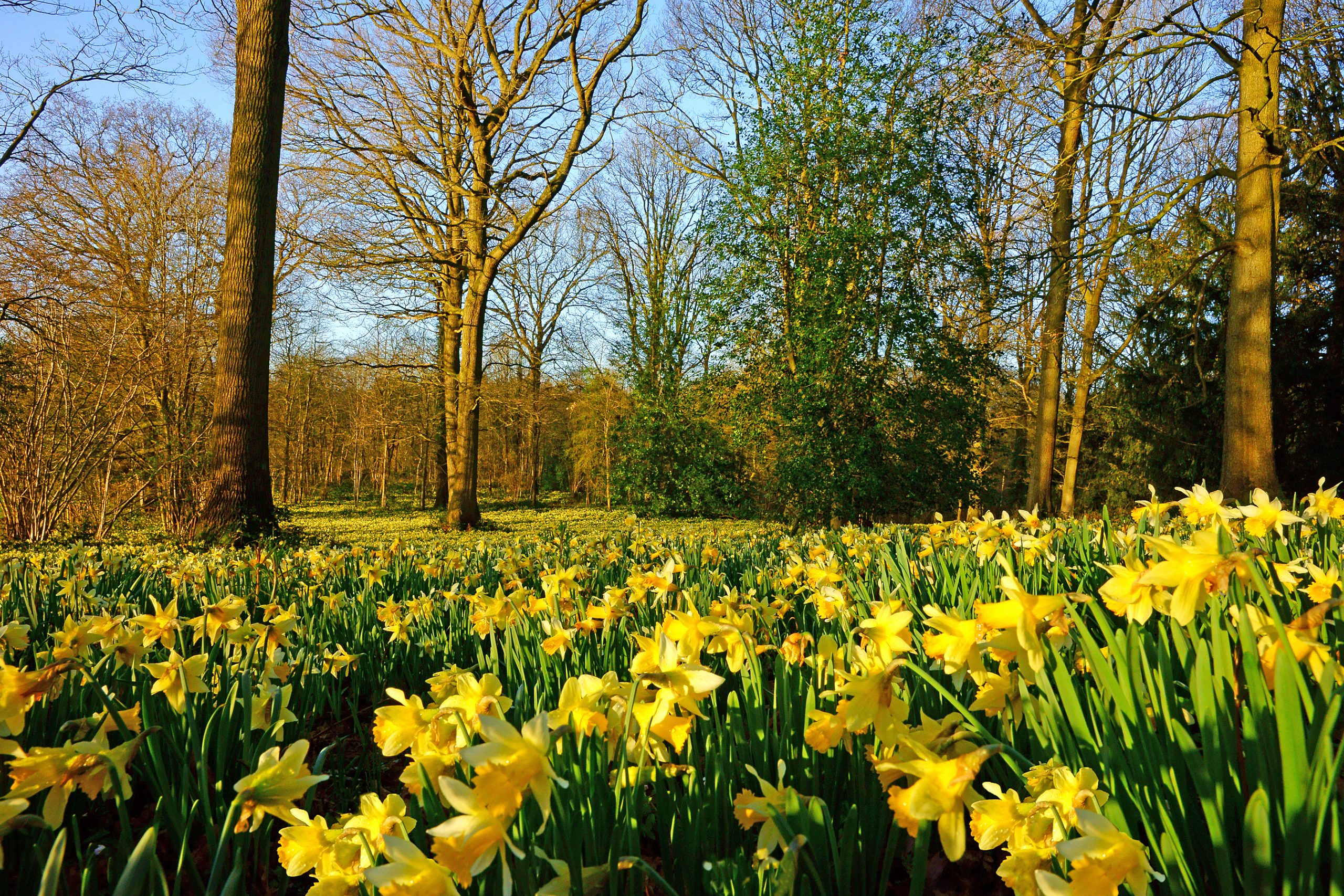
Since Christmas, the most precocious of our garden daffodils have been coming into bloom — fragrant Scilly and Cornish varieties that have long given that part of the world a head start in the English cut-flower market.
But Lent, the daffodil’s main season, is now upon us.
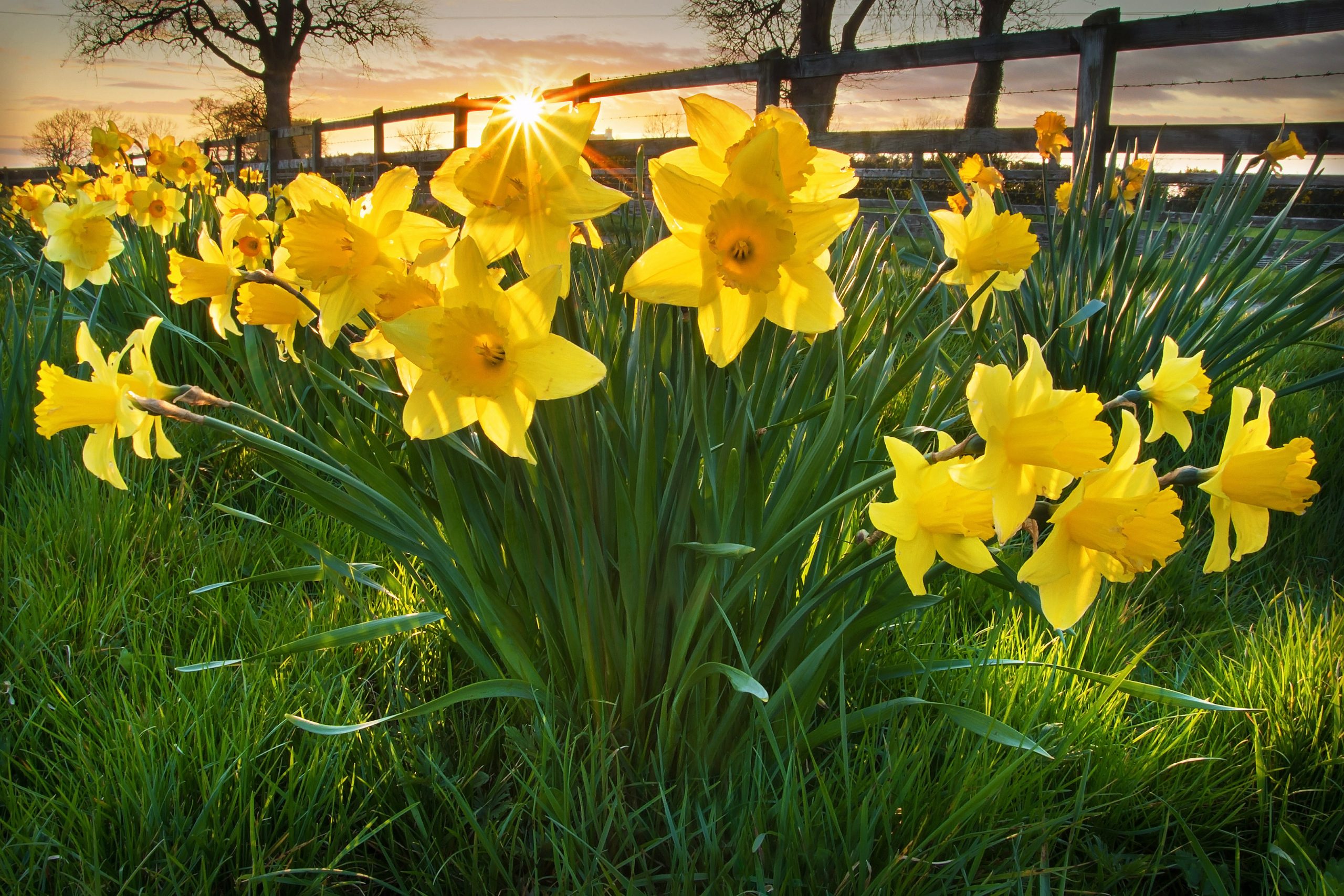
More and more narcissi will be bursting into bloom with the approach of Easter, hence Narcissus pseudonarcissus, the wild daffodil immortalised by Wordsworth and others, counts Lent lily among its popular folk names. Its quivering waves of cheerful creamy primrose around deeper, lemony trumpets illuminate churchyard and woodland floor and have long been said to announce the start of spring, to the tune of birdsong and the bleating of lambs.
As Charles Quest-Ritson put it in his piece on how to grow daffodils in your garden, 'Nothing beats daffodils as a symbol of spring. The yellow cheerfulness of this unbeatable British wildflower tells us that winter is gone and will not come again.'
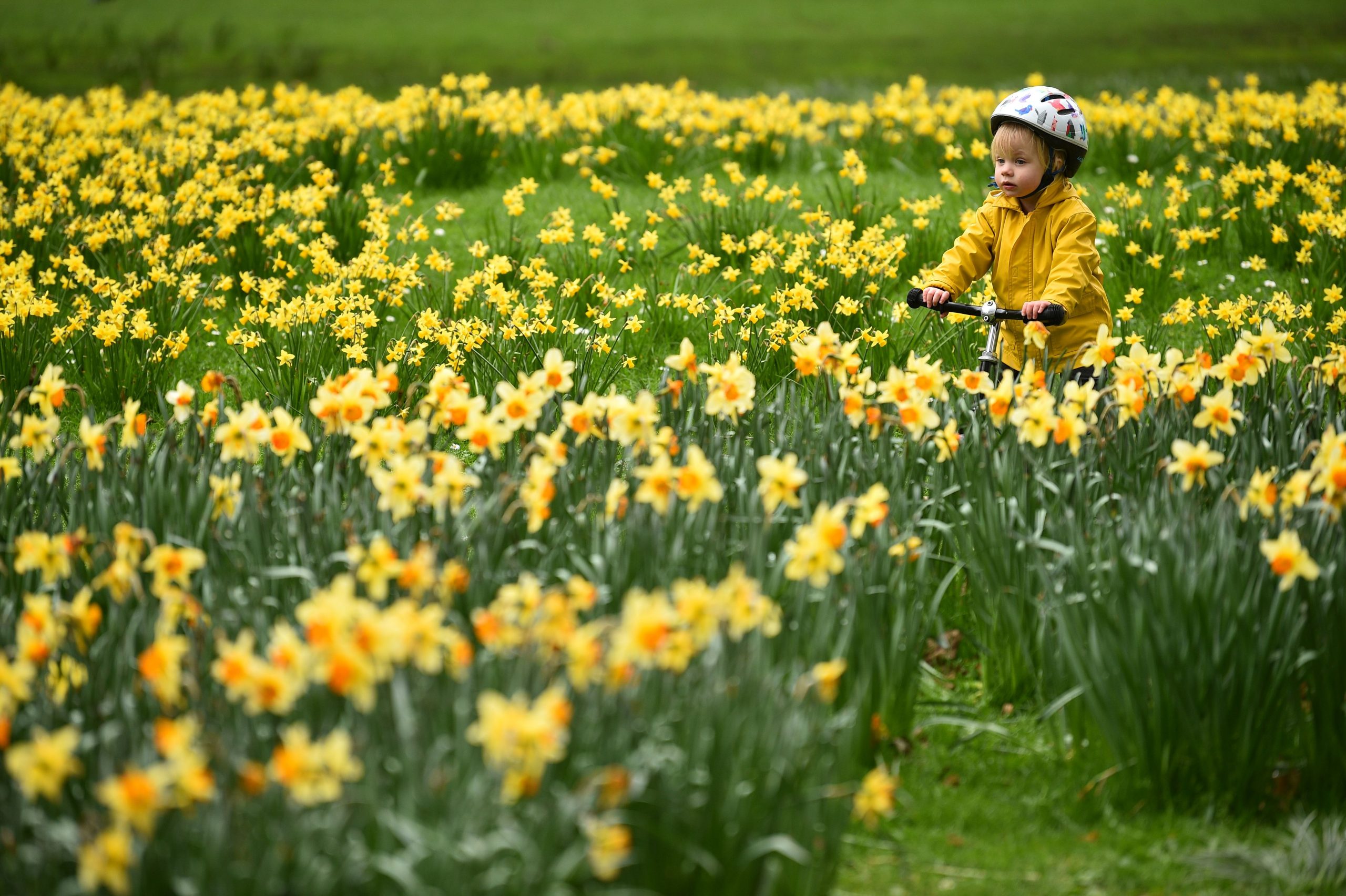
Wild daffodils were once plentiful across the English countryside, but decades of unchecked picking by visitors and intensification of land use took their toll on formerly abundant habitats.
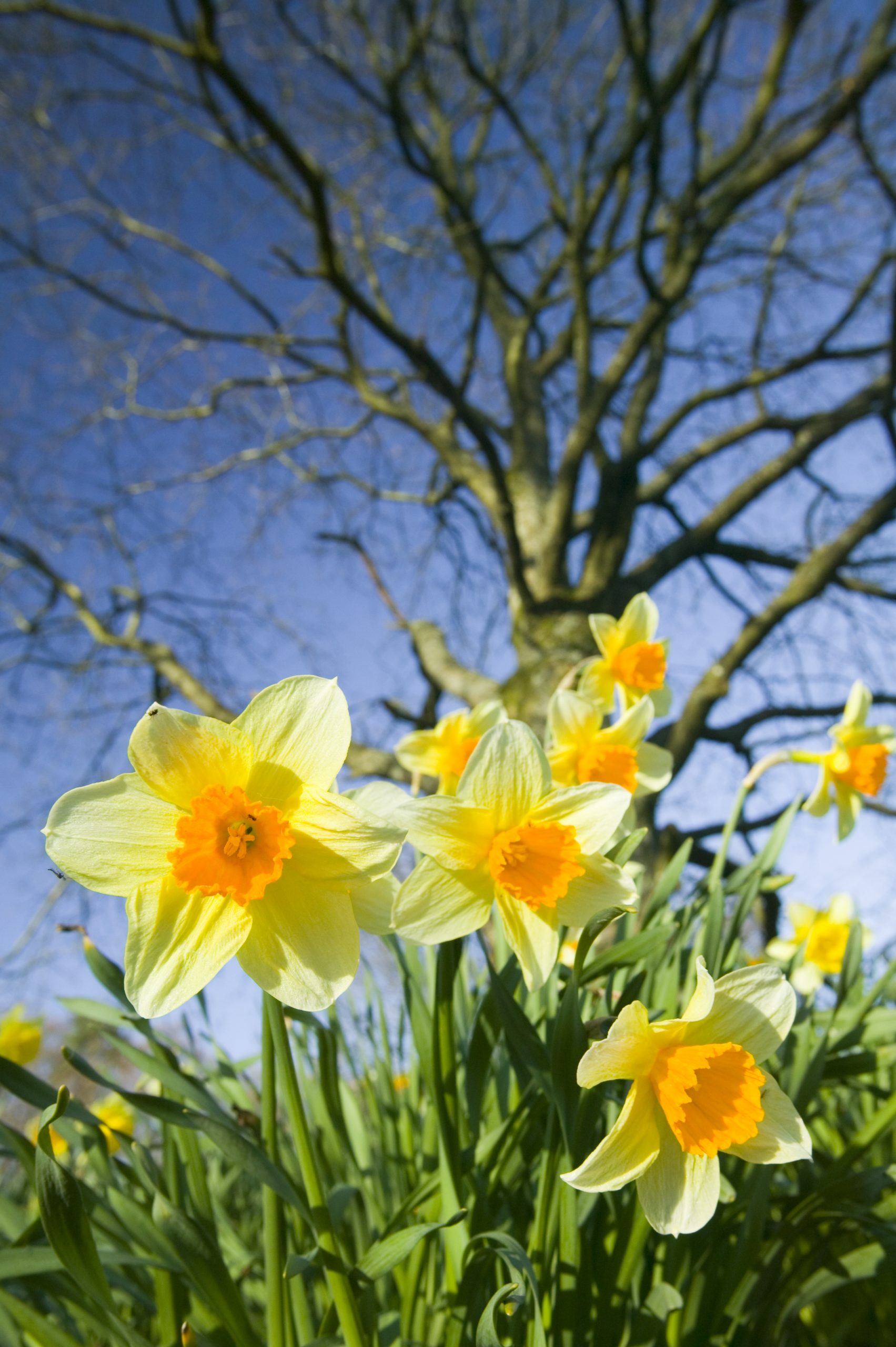
However, there are protected places where they continue to grow in impressive profusion. Come mid March, the ‘golden triangle’ of daffodil villages — Dymock, Kempley and Oxenhall — on the Gloucestershire/Herefordshire border will be ripe for organised viewings (you can see www.daffs.org.uk for details and timings).
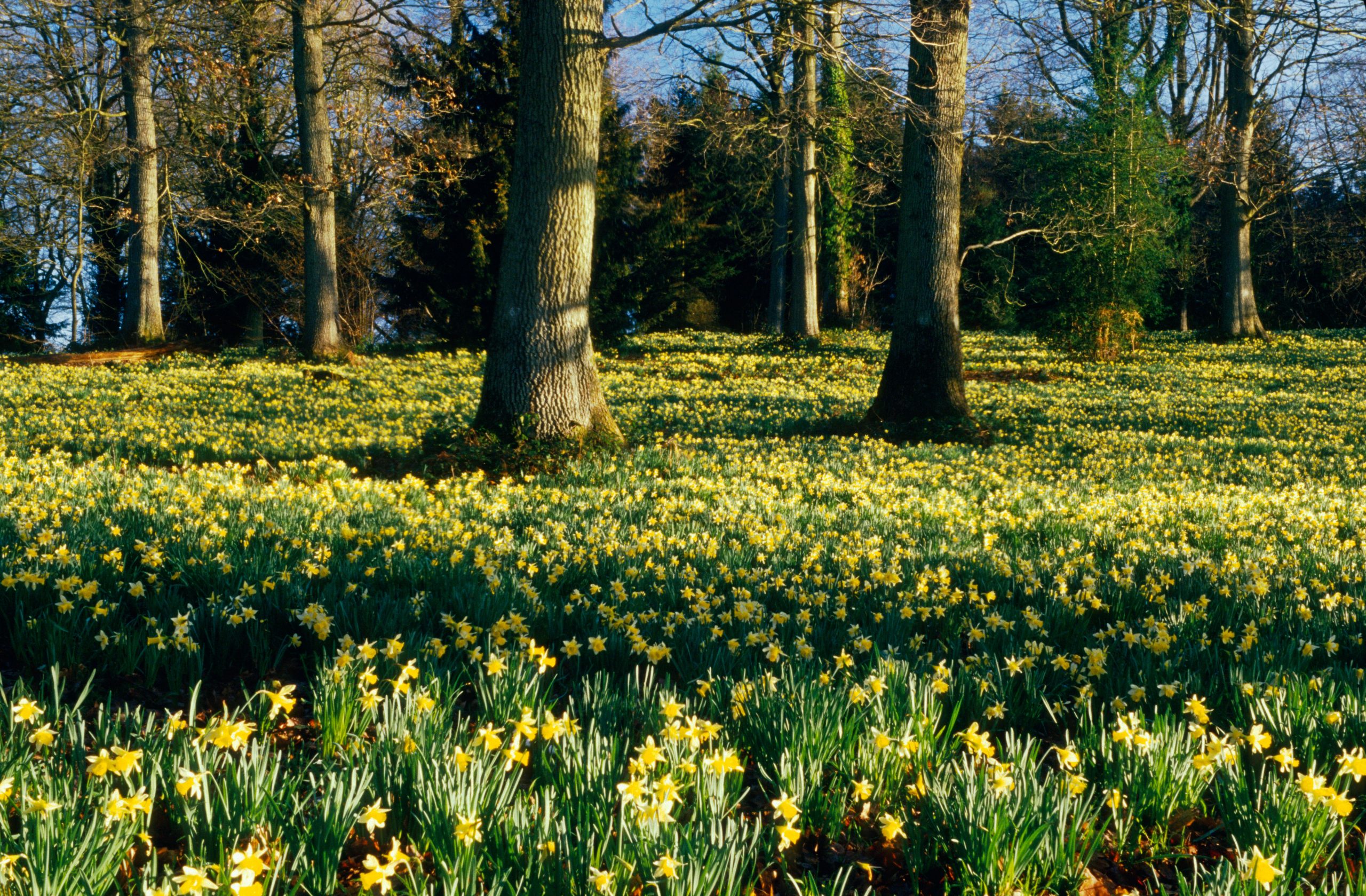
Why is the 'golden triangle' so good for daffs, though? It's something of a mystery, at least in its origins. Noel Kingsbury tackled the question in a 2018 Country Life article on the daffodil golden triangle: 'Quite why the plant should be there in such huge quantities is impossible to say,' he said. 'At some stage, daffodils must have appeared and then had better opportunities to survive and spread thanelsewhere. One reason must surely be to do with the fact that, for much of the post-Medieval period, there has been a relatively high proportion of open woodland, daffodils’ preferred habitat.'
Exquisite houses, the beauty of Nature, and how to get the most from your life, straight to your inbox.
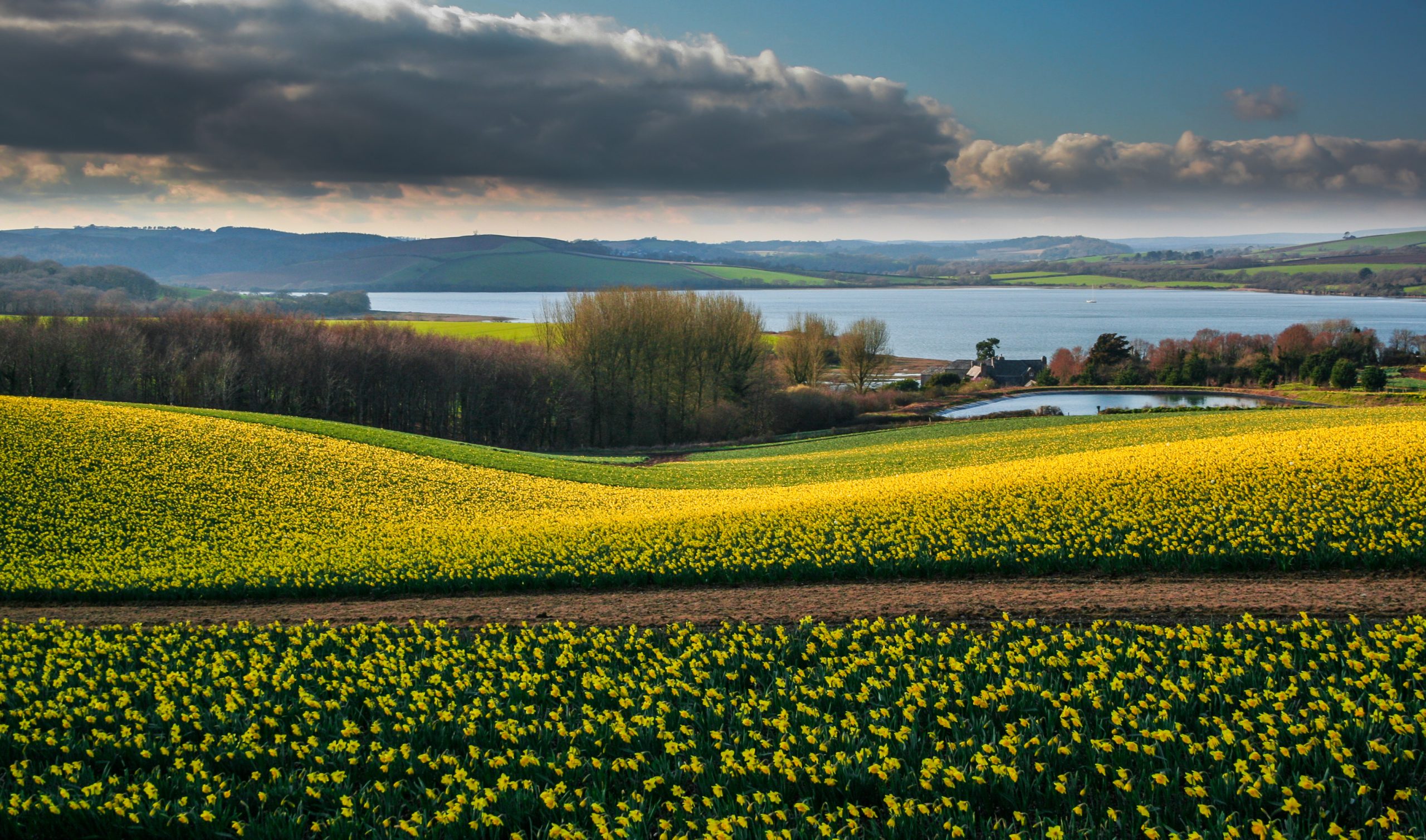
Those living in the area did their best to make the most of it, and the area has long been a tourist destination for those who love these cheerful early-Spring visitors — there was even a Daffodil Line railway at one point.
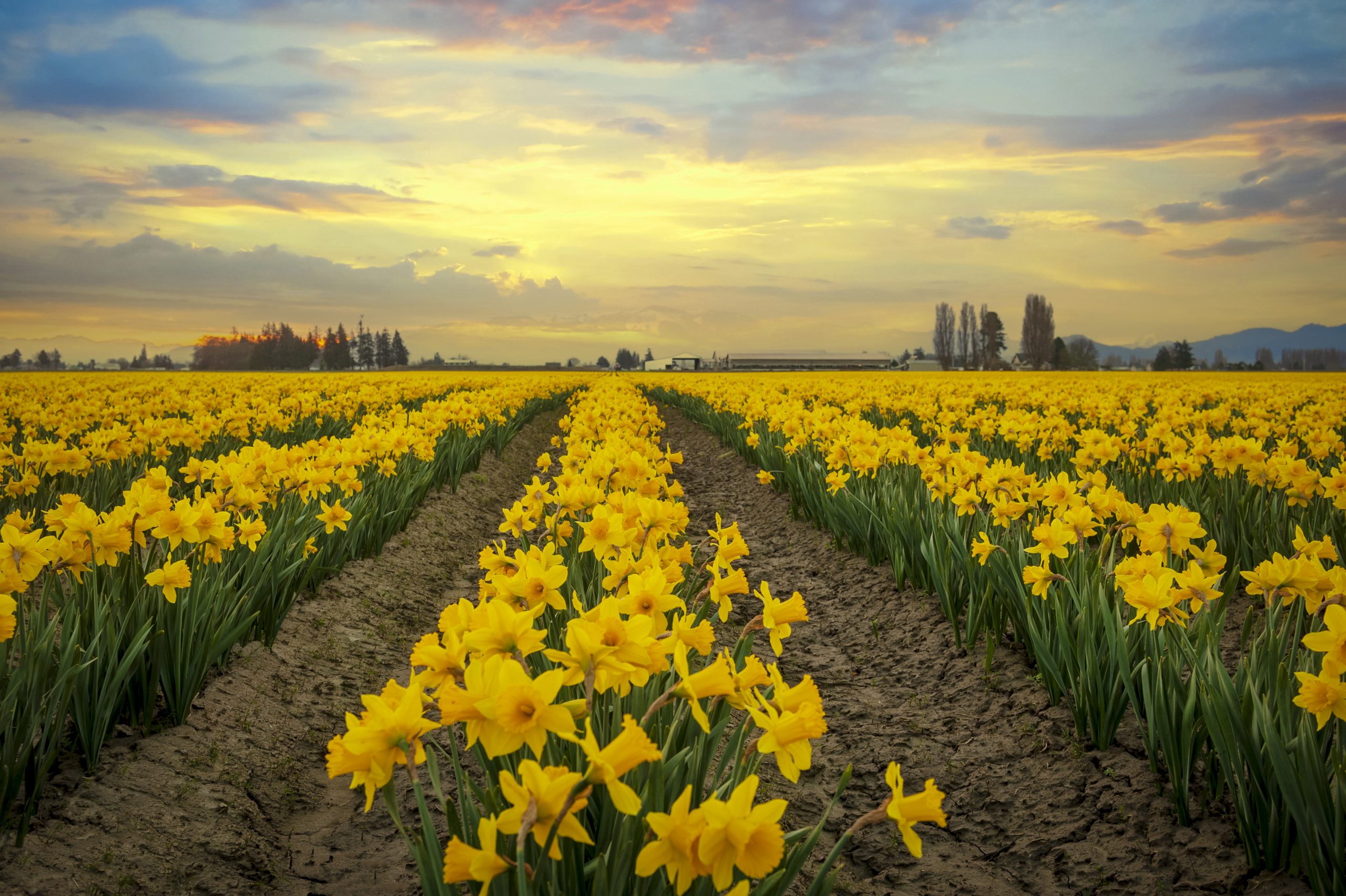
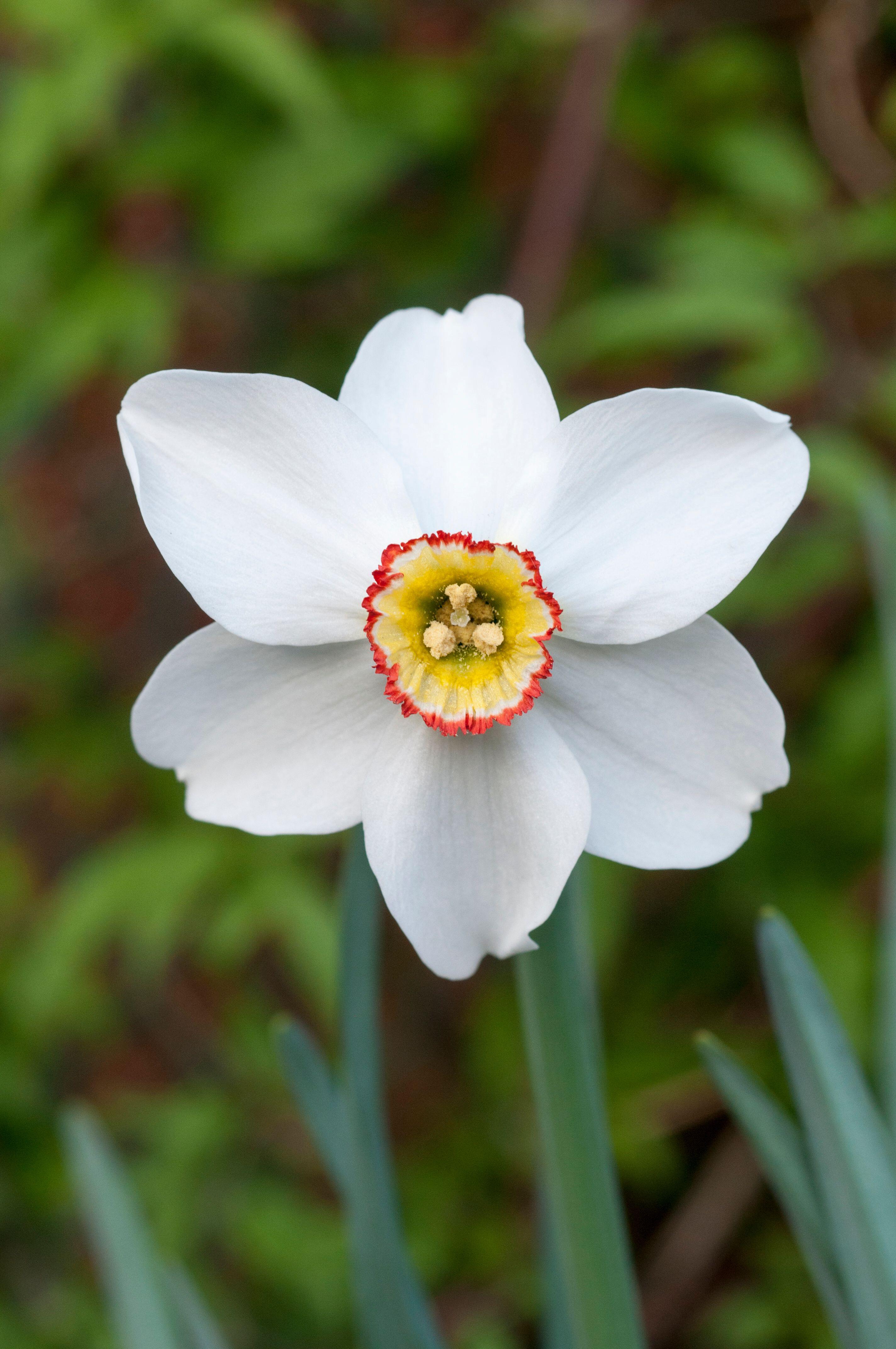
Mary Keen: The narcissi you cannot do without
Gardener and writer Mary Keen discusses her love of the smaller, more fragrant daffodil and the varieties to plant in
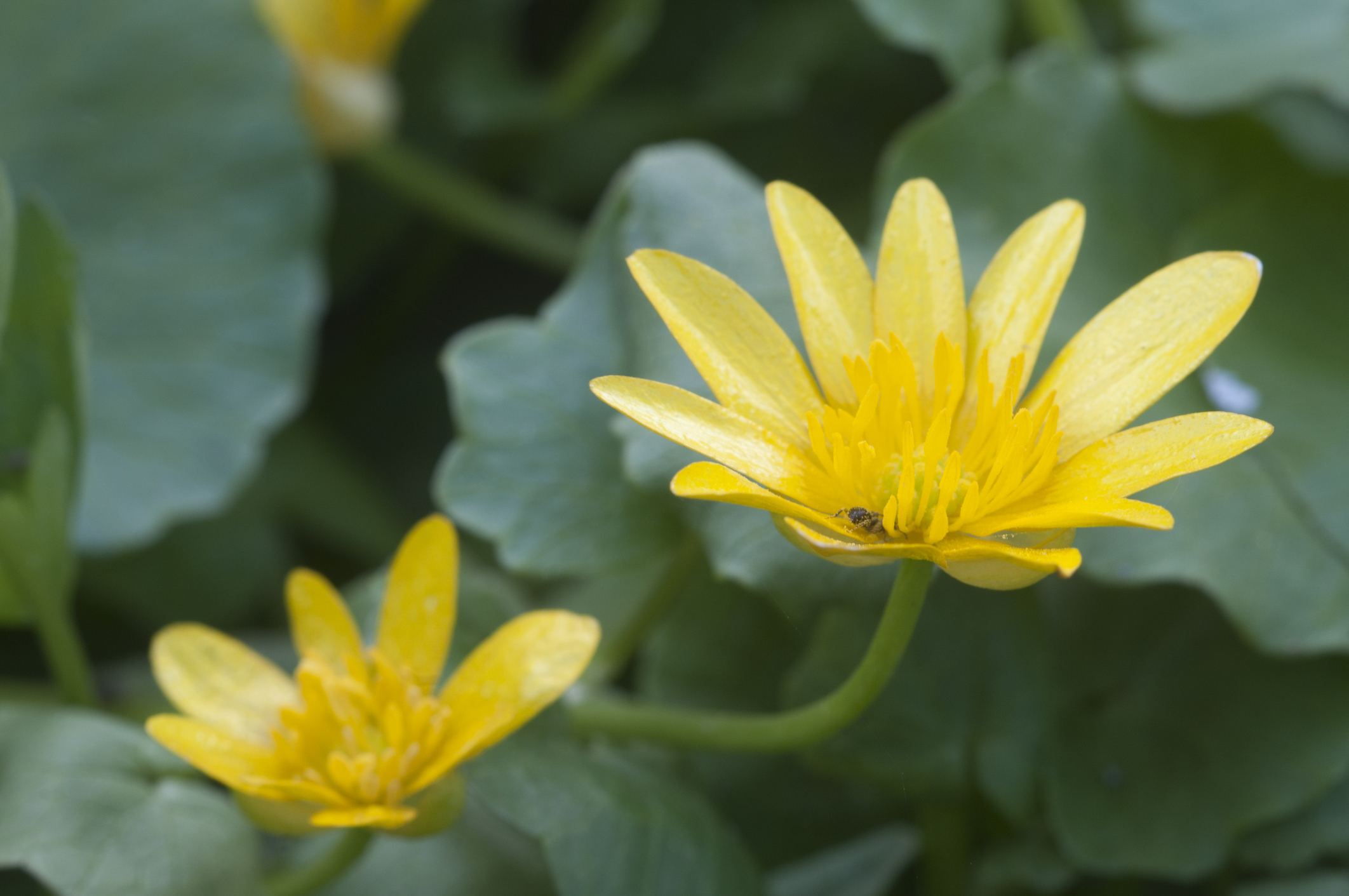
Celandine: The delicate flower, harbinger of spring, which Wordsworth thought more beautiful than daffodils
Lauded by Wordsworth for their ‘glittering countenance’, the appearance of the first celandines and the swallow’s return to our shores
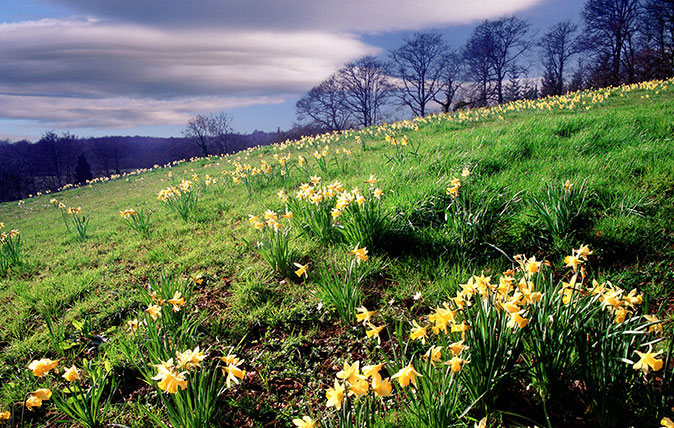
Britain's best wild daffodil display? The 'Golden Triangle' of Gloucestershire and Herefordshire
Wild daffodils grow all around Britain, but nowhere more so than the towns of Dymock and Kempley on the western
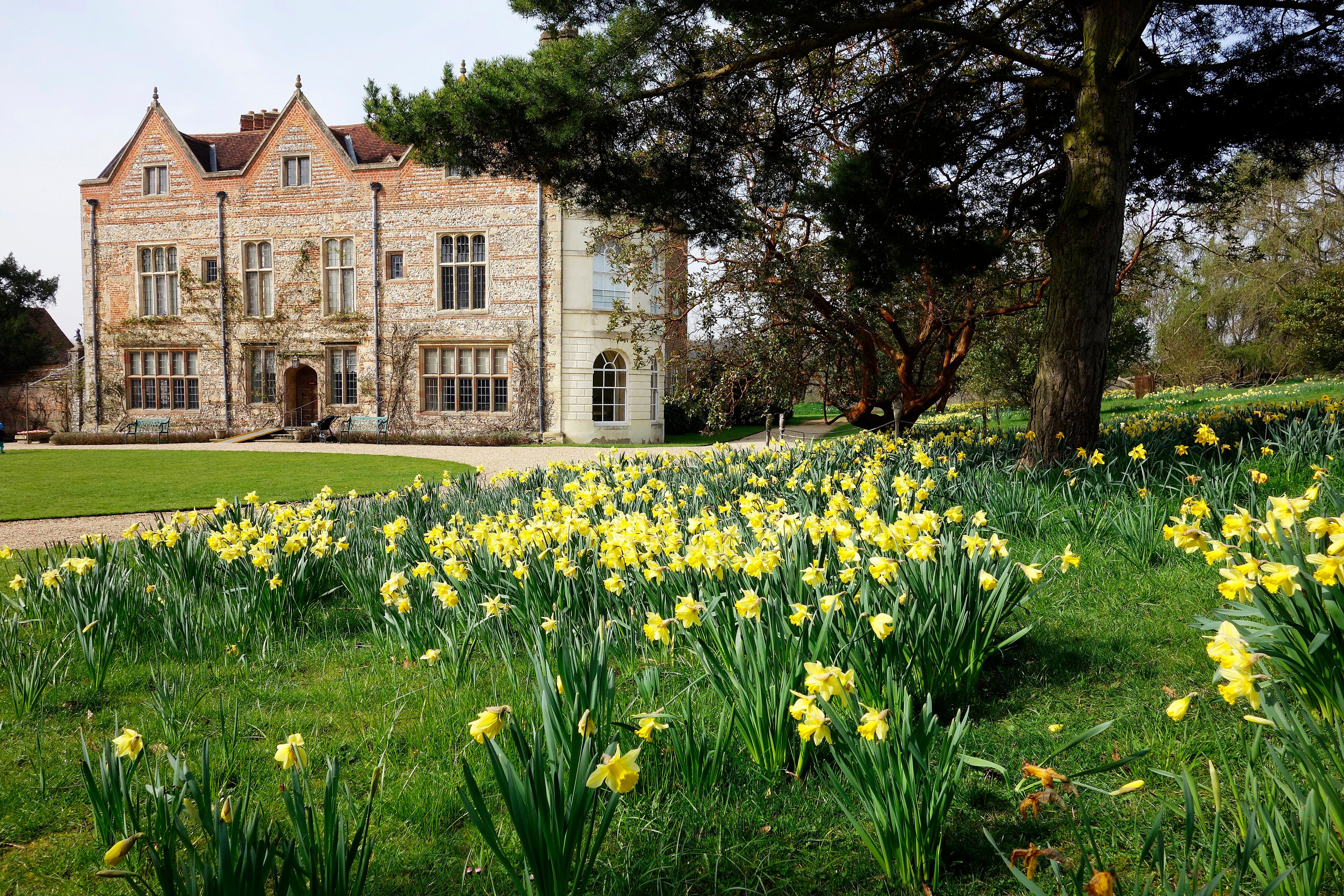
Credit: Alamy
The best daffodils and narcissi to grow your garden, whether in pots, grass or borders
With more than 26,000 to choose from, it can be agonising deciding which narcissus to grow. Charles Quest-Ritson asks daffodil
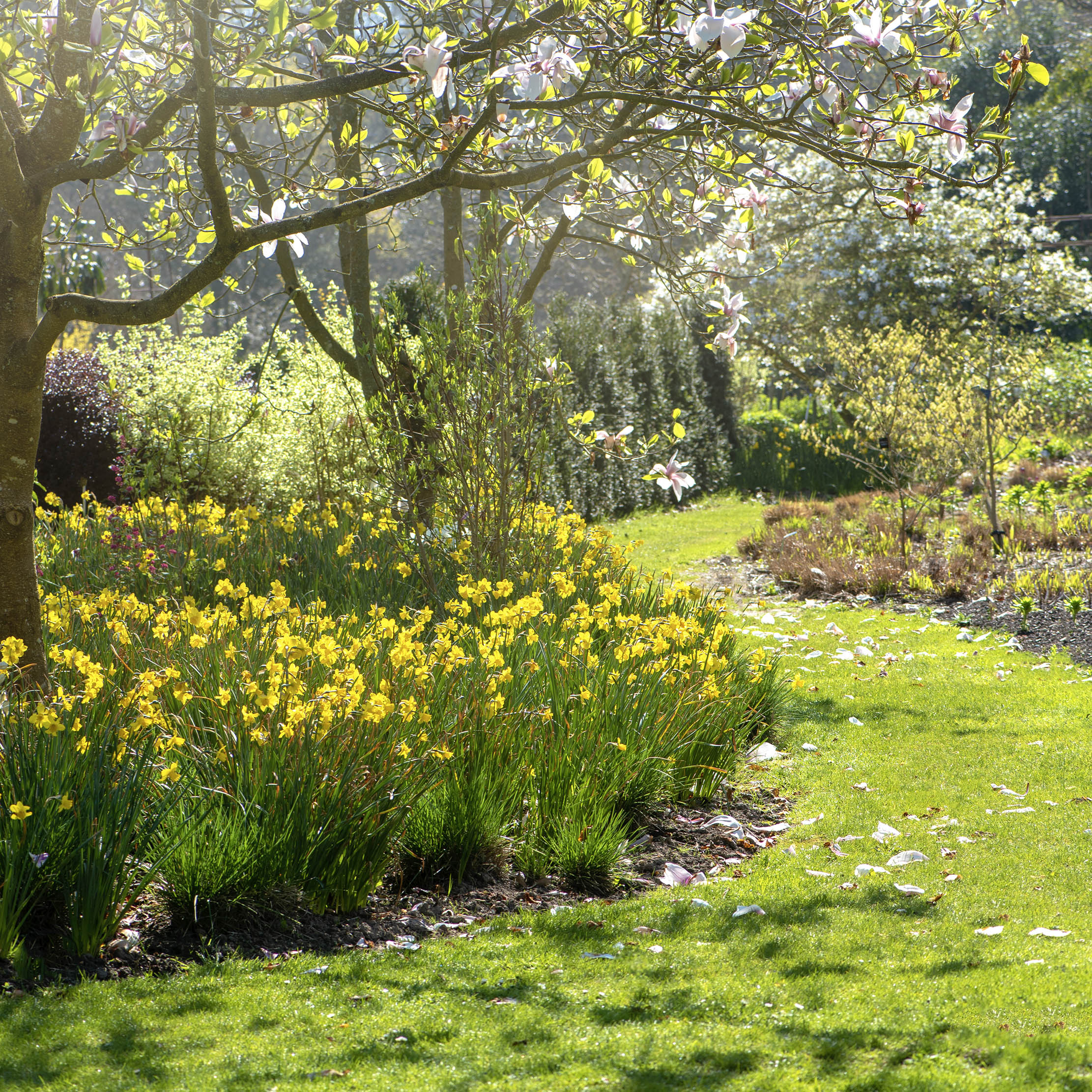
Credit: Getty Images
The curious reason why we just don't give daffodils enough credit for being the amazing flower that they are
Charles Quest-Ritson's on the joys of this stupendously hardy little flower, how one particular variety came to bear his name
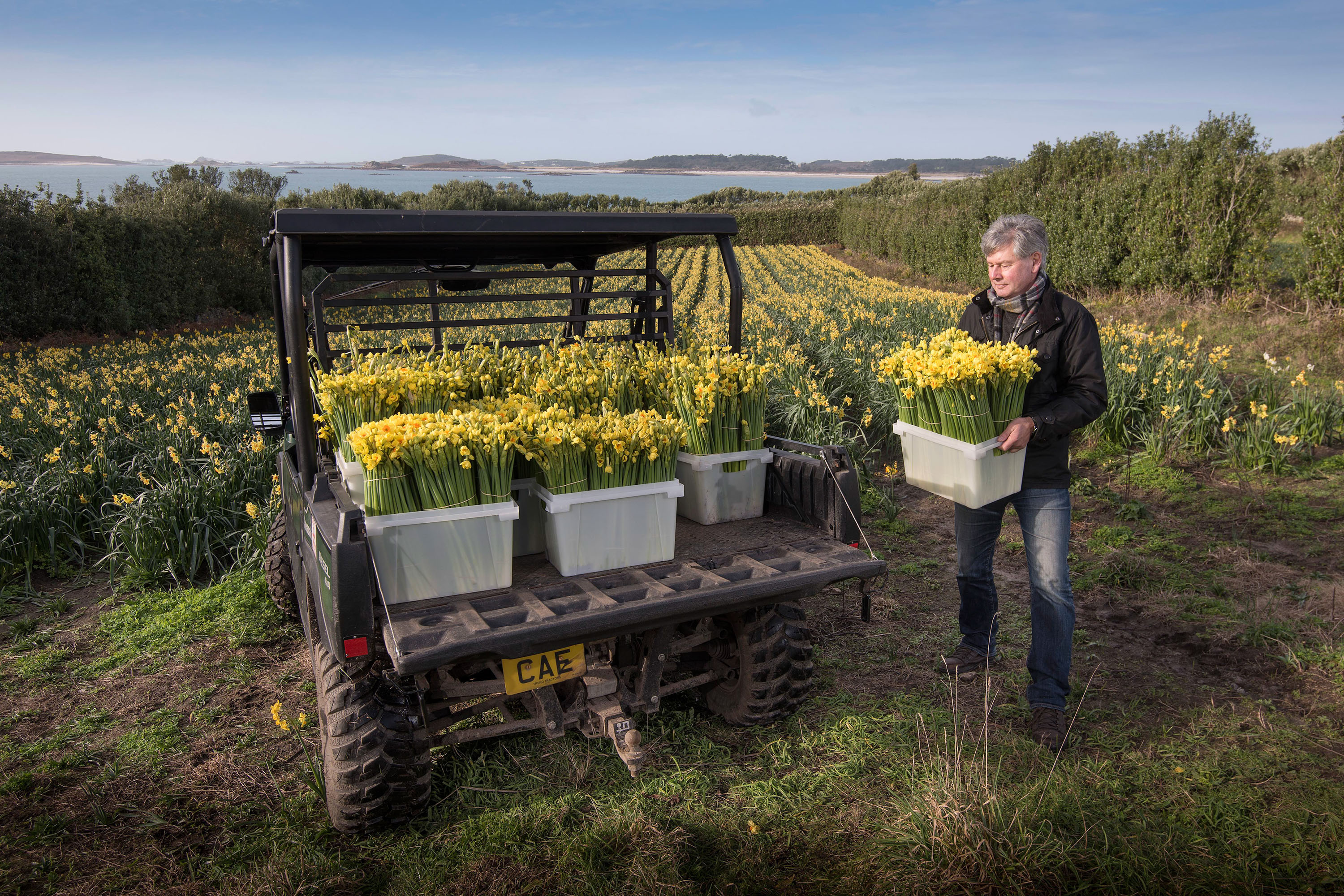
The flower growers of the Scilly Isles: 'There’s a bit of good fortune and a lot of hard work'
The Isles of Scilly have spectacularly good conditions for growing flowers – particularly the daffodils and other narcissi which we're now
Toby Keel is Country Life's Digital Director, and has been running the website and social media channels since 2016. A former sports journalist, he writes about property, cars, lifestyle, travel, nature.

